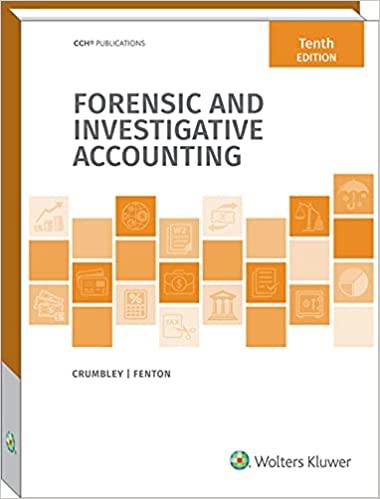Question
A. In which of the following independent situations would the transaction most likely be characterized as a disguised sale? Partner George contributes appreciated property to
A. In which of the following independent situations would the transaction most likely be characterized as a disguised sale?
- Partner George contributes appreciated property to the GM Partnership, and three years later GM distributes
$100,000 proportionately to the partners.
2. Brianna contributes property with a basis of $20,000 and a fair market value of $50,000 to the BGB Partnership in exchange for a 20% interest therein. The partnership agrees to distribute $20,000 to Brianna in fifteen months, if partnership cash flows from operations exceed $100,000 at that time. The partnership does not expect to produce operating cash flows of over $100,000 for at least five years.
3. Luis contributes appreciated property to the BLP Partnership. Thirty months later, he receives a distribution from the partnership of $15,000 cash. None of the other partners received a distribution. There was no agreement that BLP would make the distribution, and Luis would have made the contribution whether or not the partnership made the distribution.
4. None of the above transactions will be treated as a disguised sale.
5. a., b., and c. are all treated as disguised sales.
Step by Step Solution
There are 3 Steps involved in it
Step: 1

Get Instant Access to Expert-Tailored Solutions
See step-by-step solutions with expert insights and AI powered tools for academic success
Step: 2

Step: 3

Ace Your Homework with AI
Get the answers you need in no time with our AI-driven, step-by-step assistance
Get Started


